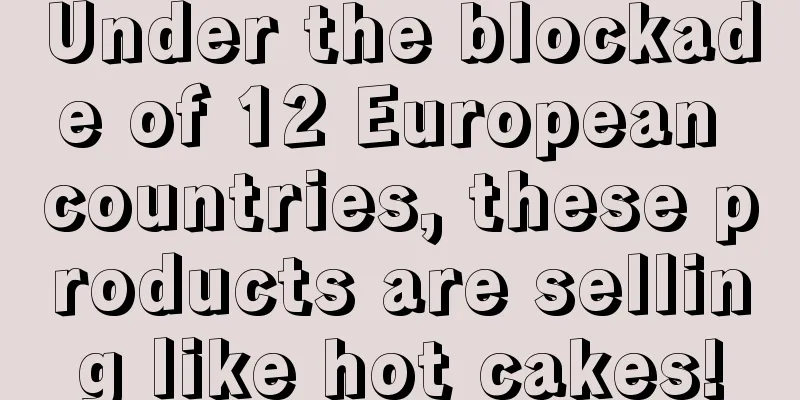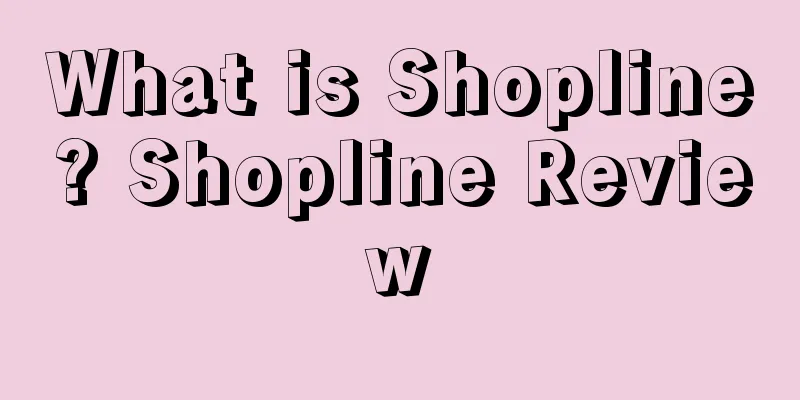Beware! More than 1,823 stores have been frozen. These contents cannot appear on the listings!

|
A month has passed since the Q4 sales peak season, and it is still unknown whether sellers have seen a surge in orders, but rogue law firms have certainly made a lot of money. According to incomplete statistics, more than 1,823 stores were sued and frozen in October alone, and this is just the list of defendants in a few infringement cases. Infringement can result in the removal of listings, freezing of store funds, or even removal of sales privileges. In either case, it is a fatal blow to the peak season, and sellers have to be on guard. Based on years of experience and infringement types, Jite has summarized the infringement pitfalls to pay attention to as follows for your reference: Trademark Infringement Without the official authorization of the product brand, using the other party's registered trademark in the product title, detail page, etc., or affixing the other party's trademark on the goods for sale, all constitute trademark infringement. Trademark infringement is the most common and lethal, and often a single word can bring down a large number of sellers. Not to mention trademarks such as HULA HOOP and GravityHook that are considered keywords, the gravel protection device Grit Guard previously froze 361 stores in one case: Another fashion brand that caused more than 300 stores to suffer damage was ERIC EMANUEL, which used just one trademark: Avoidance suggestions: ① Before selecting or listing products, you should do a good job of trademark search to avoid using other people's trademarks on the listing. Even if it is a product keyword used by many peers, you should not take it lightly; ②Register brand trademarks in a timely manner and sell own brands. Patent Infringement Patent infringement directly refers to the product. If the product's appearance design, structure, etc. infringe on the patent rights of others, it constitutes patent infringement. There are two main types of patent infringements commonly seen in cross-border e-commerce: ① Infringement of appearance patents: The judgment standard is general similarity, that is, whether the general public will mistake the product in question for the patented product through comparison. If it is easy to be mistaken, the infringement risk is high. That is, if the product sold is highly similar to the appearance patent of others, there is a high infringement risk. Many popular products have been sued for appearance patent infringement, such as the shark hairpin and flagpole bracket, which have always been regarded as public model products: ② Invention patent infringement: In invention patents, independent claims have the largest scope of protection. If a product falls within the scope of protection of independent rights, there is still the possibility of infringement even if the appearance of the product is changed. Recently, a popular product in the peak season, waterproof and shatterproof light string, has been sued for invention patent infringement. I am afraid that a large number of sellers will face lawsuits and freezes: Avoidance suggestions: ① Whether it is a new product planned to be launched or a relatively hot-selling product (regardless of how long it has been on sale), you must do a good job of patent search to avoid selling products that are highly similar to others' appearance patents; ② In comparison, it is more difficult to determine invention patents. Most sellers find it difficult to judge whether there is infringement on their own. It is recommended to seek help from a professional lawyer or intellectual property agency . If you do not know how to analyze and compare, you can contact JITE to issue a detailed patent analysis report for you! Copyright Infringement If you use other people's copyrighted works without authorization, there will be a risk of copyright infringement. Stealing pictures, pictures that are too similar, copying other people's listing texts, using other people's copyrighted works in products and product pictures, etc. are all considered copyright infringement. The most troubling copyright infringement case for sellers recently is none other than lace. All the defendants are Amazon sellers, affecting more than 400 ASINs and stores: In addition, artists' copyrighted paintings are also a "hard-hit area" for copyright infringement. Not only are there many cases and copyrighted images involved, but the lethality should not be underestimated. The brand DIM LIGHT once sued and froze 172 stores based on a picture: Avoidance suggestions: ① It is best to use original works. According to the Copyright Law, once a work is completed, it will automatically have copyright and be protected by law, which is the principle of automatic copyright protection. In other words, as long as someone else's work is used in the listing, there will be a risk of infringement. In view of this situation, if sellers want to completely avoid copyright infringement, they must be "original", otherwise, no matter how careful they are, they may infringe without knowing it. ②Register copyright in time. Although copyright has an automatic protection principle, when encountering copyright disputes, you still need a registration certificate as evidence to resolve the dispute faster and better. ③ If conditions do not allow copyright registration for the time being, you should keep proof of creation when creating. For example, when taking product pictures, you should be careful to save the original pictures, as well as some proof of creation with time nodes, etc. In case of copyright disputes such as preemptive registration and malicious complaints, there will be sufficient evidence to prove the ownership of the copyright. How to respond when being sued for infringement? Received a red flag for infringement on the platform: ① Find out whether you have actually infringed on others’ rights. Generally, the notification email sent by Amazon will include the infringed rights of the other party, the complainant’s information, etc. You can make a judgment based on this information. ② If infringement is confirmed, remove the infringing products from shelves promptly and file a complaint. ③ If there is no infringement or there is a dispute over infringement, it is recommended to submit analytical evidence proving the product is not infringing to Amazon via email. Sued by a law firm for infringement: ① Find the infringing products and delete them, and stop the infringement in a timely manner. ②Confirm the frozen amount and store authority. ③ Analyze the case and consider whether to settle/respond to the lawsuit (if you believe that you have not infringed upon any rights after analyzing the case, you can choose to entrust a lawyer to analyze the case and take response measures). ④ Once you decide to settle, you can immediately entrust a lawyer to handle the matter, which can usually be resolved smoothly in about 1-2 months. |
>>: [Breaking News] Policy changes! Amazon no longer accepts individual business registrations
Recommend
What is FBA? FBA Review
FBA stands for Fullfillment By Amazon, and its off...
What is Nordstrom? Nordstrom Review
NordsTROm is a high-end chain department store in ...
Amazon changes? Three new tags added!
I don’t know if sellers have noticed that Amazon ...
What is Yellow Pages Scraper? Yellow Pages Scraper Review
Yellow Pages Scraper is a powerful foreign trade c...
Breaking news! A large number of sellers reported that their product keywords were lost. Has the Amazon algorithm been adjusted again?
Countdown 2 days! Why does our product seem to ha...
48% of US baby boomers search for UK brands through eBay and Etsy!
<span data-docs-delta="[[20,"获悉,根据PitneyBo...
U.S. holiday season retail data is out! People spend their money on these places
<span data-docs-delta="[[20,"获悉,根据Masterca...
Amazon is on the hot search list amid many doubts! Ban all Xinjiang cotton products?
<span data-shimo-docs="[[20,"最近两天,HM抵制新疆棉花...
What is RetailMeNot? RetailMeNot Review
RetailMeNot is a corporate service company that ma...
What is iChannelSolution? iChannelSolution Review
iChannelSolution is a high- tech enterprise specia...
Amazon is about to be investigated! Is this a good opportunity for third-party sellers?
Amazon has recently been involved in a very trick...
What is Shenzhen Haotong Tiancheng International Logistics Co., Ltd.? Shenzhen Haotong Tiancheng International Logistics Co., Ltd. Review
Shenzhen Haotong Tiancheng International Logistics...
Employees embezzled more than 150 million yuan! Just now, this major port in China announced...
Recently, affected by the Spring Festival off-sea...
What is Domee Intellectual Property? Domee Intellectual Property Review
Guangzhou Duomi Management Consulting Co., Ltd. (D...
Off-site service providers VS company off-site promotion specialists
Large-scale sellers generally have the position o...









